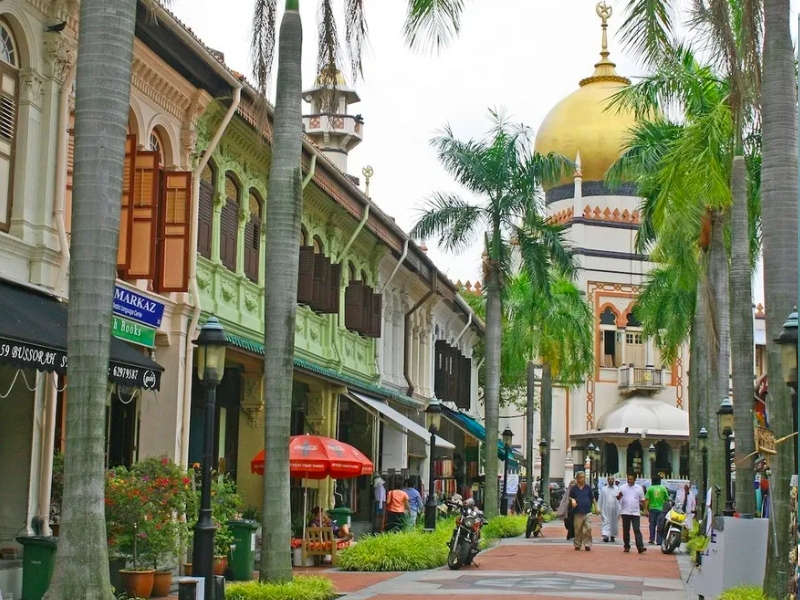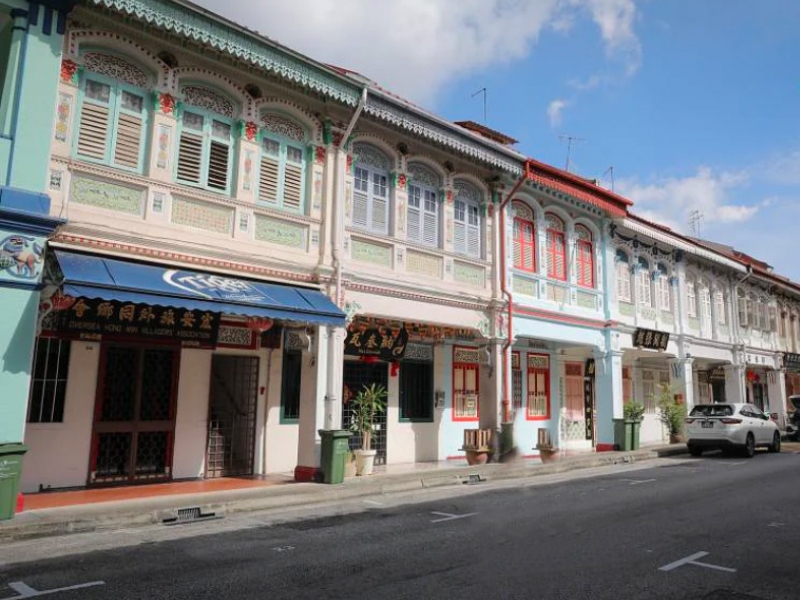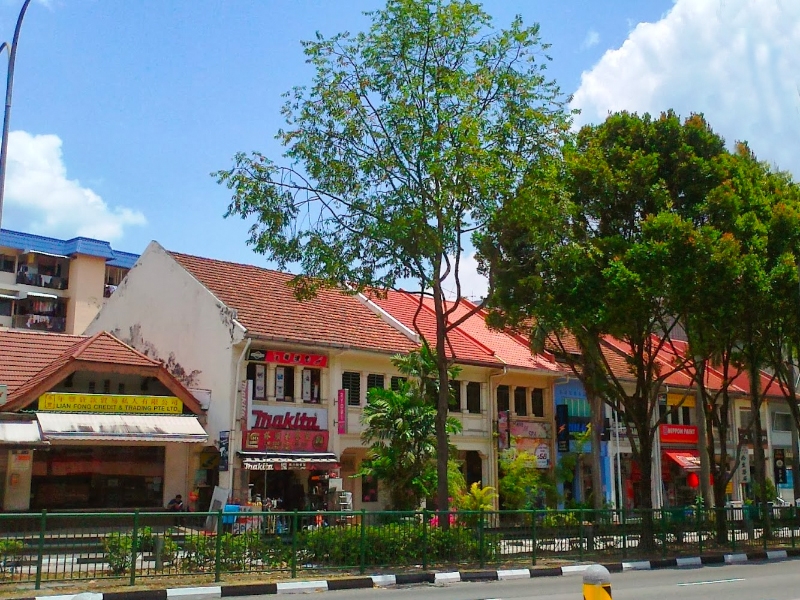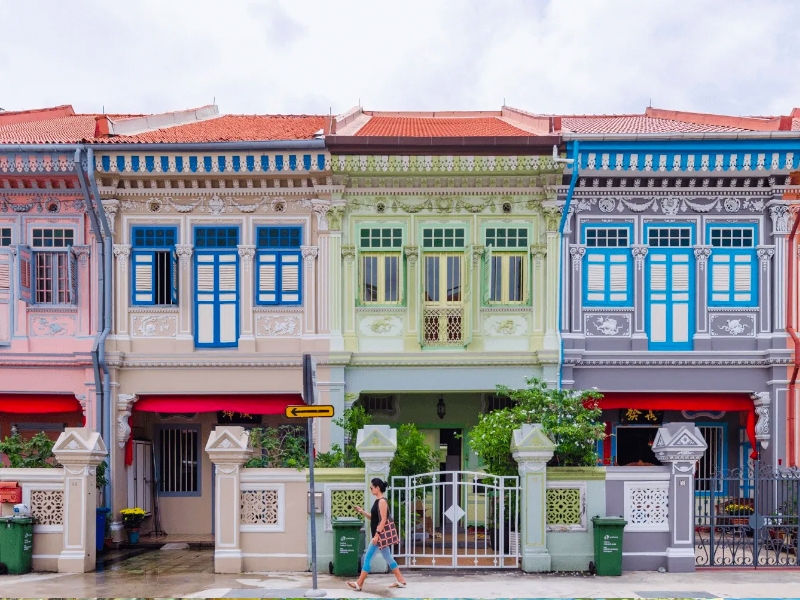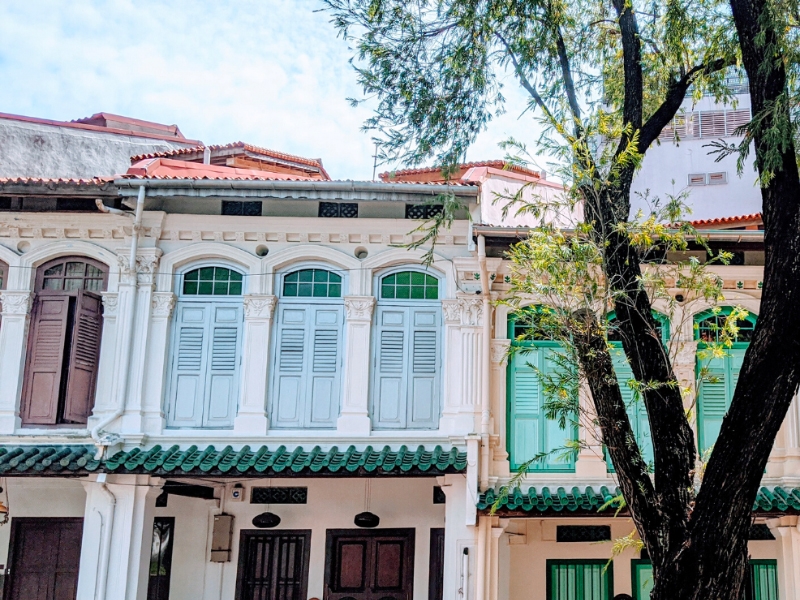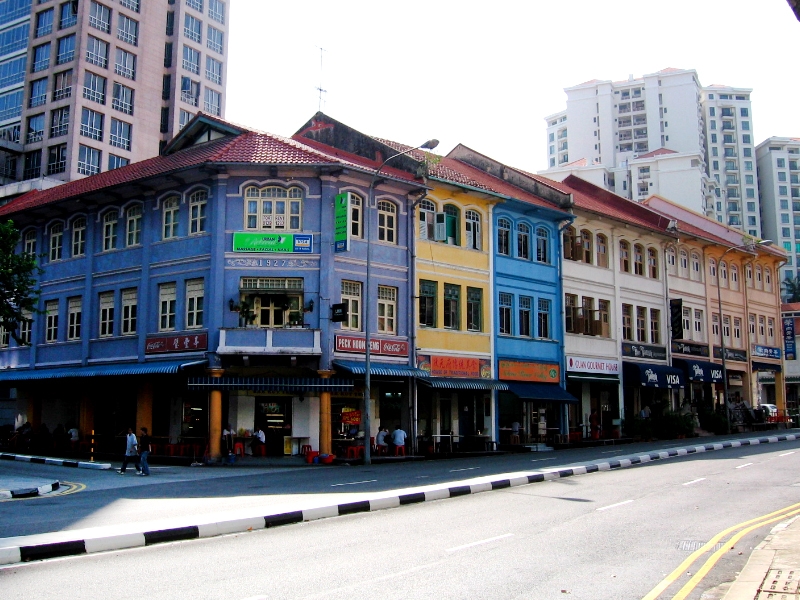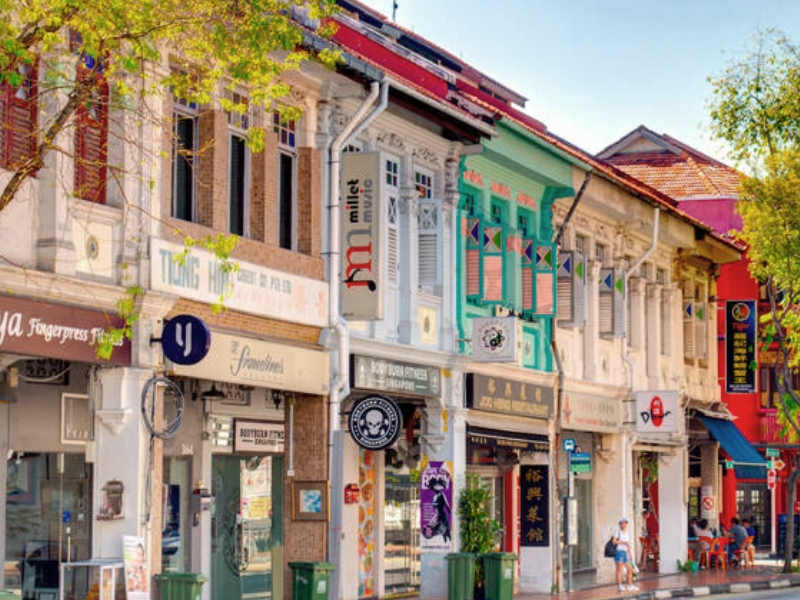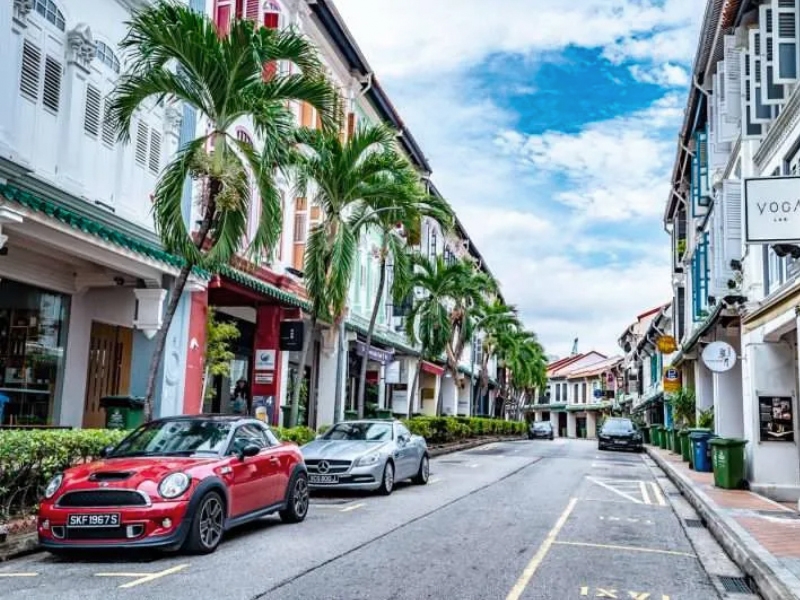Conservation
Singapore’s conservation guidelines
As Singapore’s urban landscape changes over the years, historic buildings and districts give us a solid and visual connection to our past. Conservation of our heritage is an important agenda of urban development and planning in the country. Conserving and restoring our historic buildings also adds to the distinctive character and identity of our city – giving the cityscape its own unique flavour and architectural profile.
Conservation isn’t just about preserving the facade of a building. As the we progress and change rapidly in the fast-paced 21st century, conservation serves to preserve the memories of our young nation’s past for our future generations. It is very important that we retain the original essence and ambience of these historic buildings as much as possible. This requires an appreciation and understanding of the architectural structure of the buildings, as well as good management and practice in conserving buildings.
The conservation guidelines are applied in varying degrees to the different conservation districts, taking into consideration the historical significance of each conservation district, surrounding developments, uniqueness of the building as well as the long-term plan for the area. The extent of the building to be preserved and the degree of adaptation allowed varies from district to district.
Conservation Areas
The majority of conservation areas in Singapore fall into four distinct categories, and the conservation guidelines vary for each of these categories.
The Historic Districts
The Historic Districts – Boat Quay, Chinatown, Kampong Glam and Little India – are among the city’s oldest areas and are characterized by predominantly two- and three-storey shophouses, ranging from the Early Shophouse style to the Art Deco Shophouse style. These shophouses were first gazetted for conservation on the 7th of July in 1989. These heritage districts enrich our understanding of the area’s cultural history with their diverse facades, unique architectural styles and rich ornamentation.
To maintain the ambience and physical character of these historic districts, strict conservation guidelines have been put in place. For example, the entire building envelope, including the rear courts and rear service blocks must be restored and retained in order to maintain the overall low-rise scale and fine grain of the urban texture. In these Historic Districts, the strictest form of conservation is practised in these districts. This means that the entire building is to be conserved. Change of use between commercial and residential is permitted in these historic districts.
The District’s historical value lies in its rich variety of buildings, streetscape and urban texture of its main streets, side roads, back lanes and open spaces. Most of its structures and facades, built in the late 19th century or early 20th century is still largely intact. Abdul Gaffoor Mosque, a national monument, is located within this district.
The Residential Historic Districts
The Secondary Settlements
Secondary Settlement areas such as Balestier, Beach Road, Geylang, Jalan Besar, Jalan Jurong Kechil, Joo Chiat, Mount Sophia, River Valley, Tanjong Katong, Upper Circular Road and Tiong Bahru developed outside the central city district after the end of World War I when people started to move out of the crowded city to live at its fringe.
Over time, each of these areas forged their own unique and distinctive identities, highlighting Singapore’s urban development evolution in the early- to mid-twentieth century, particularly during the 1910s to 1960s. They make up the transitional urban areas between shophouses in the historic districts and “modern” residences in the new towns of a new era. A mix of elaborate Late Shophouse, Art Deco Shophouse and Modern Shophouse architectural styles can be found in these secondary settlement areas.
Known for its decorative and ornate residential terraces and shophouses, Koon Seng Road has many fine examples of heritage terrace houses that have undergone successful transformations into modern contemporary living spaces, which lends a special charm to this
secondary settlement area. The historic low-rise street blocks co-exist with many taller and newer developments from the 1970s and 1980s.
Conservation within the Secondary Settlements looks at the streetscape as many conserved buildings are adjacent to new developments. New rear extensions up to the maximum height allowed for the area can be built.
Bungalows
The last category of conservation districts is in Good Class Bungalow Areas and Fringe (Chatsworth Park Conservation Area, Holland Park/Ridout Road Conservation Area and Nassim Road/Whitehouse Park Conservation Area) as well as Mountbatten Road Conservation Area.
These bungalows are detached buildings and are representative of a variety of architectural styles that spawn different eras. They are predominantly for residential purposes. New extensions are permitted to be built at the side and rear of the bungalows.
Where there are larger sites, they may be subdivided for additional new developments in accordance to Urban Redevelopment Authority (URA) sub-division guidelines.
For a site where flats or condominiums can be built, the bungalow can be used for residential purposes or as a clubhouse to serve the development. Owners may choose to conserve the entire building, including the outhouse or just the main building, and to optimise the use of land based on their needs.
Conservation Principles
Historic buildings provide valuable insight into Singapore’s heritage and trade as well as stories of skilled craftsmen and architects who have invested sweat and toil into producing quality artwork that we can pass on to our next generations. Therefore, conservation is an important part of Singapore’s urban planning.
So far, over 7,000 buildings have been gazetted for conservation; they are mainly located in the city centre and city fringes and comprise largely shophouses and bungalows. Quality restoration is more than just preserving a facade or the external shell of a building. Its intention is to stay true to the original essence and ambience of historic buildings.
An appreciation of the architecture and structure of historic buildings, including technologies used as well as old and new skills and crafts – our bid to understand our past – is how we learn how to create a productive life today.
The “3R” Principle of Conservation
Conserved buildings are to be preserved and restored in accordance with conservation guidelines. The fundamental principle of conservation is applicable to all conservation buildings, regardless of scale and complexity. The “3Rs” consist of maximum Retention, sensitive Restoration and careful Repair. All original structural and architectural elements have to be restored and retained. Owners should seek URA’s clearance for one-to-one replacement in cases where replacement is necessary, for example, where building elements are found to contain asbestos.
Thorough research and documentation must be carried out on the conserved building to ensure that restoration work is faithfully carried out before the commencement of any conservation work. Records – documentation of technical information and processes of all activities – must be kept for every stage of the conservation work.
When upgrading and adapting a building for new uses, existing structures must be retained by strengthening and repairing structural elements. Any strengthening or alterations to structural elements must be done in the most unobtrusive way, using original methods and materials as much as possible.
Where possible, the original structure and architectural elements of historic buildings should be retained and restored without reconstruction of the entire building. Building parts should be replaced only when absolutely necessary. Before starting any conservation work, thorough research and documentation should be undertaken on the conservation building to ensure that quality restoration work is carried out through careful and accurate repair. This process helps to ensure that conservation works adhere to the 3R principle.


